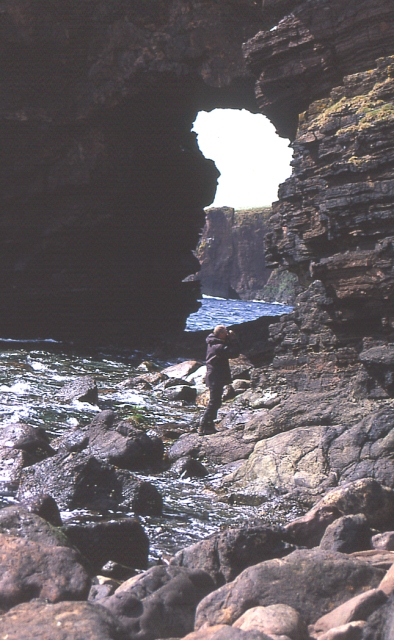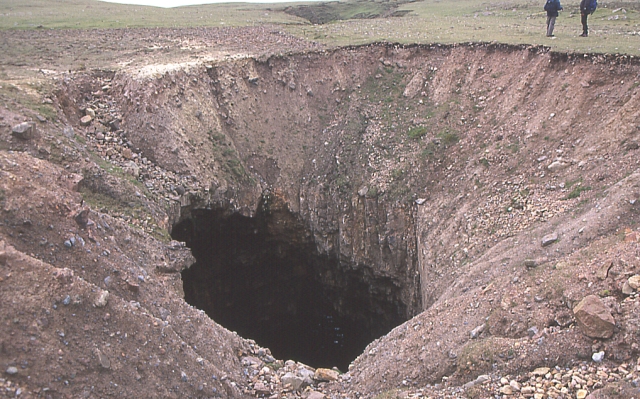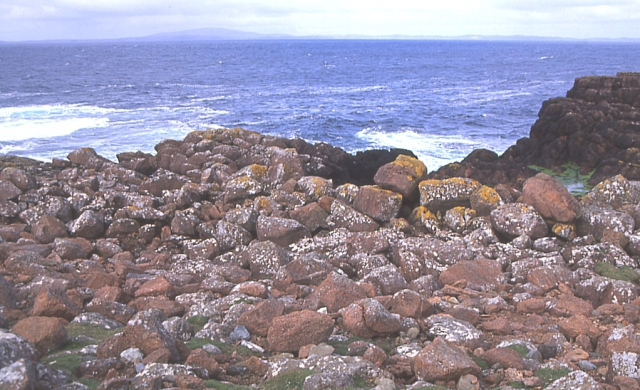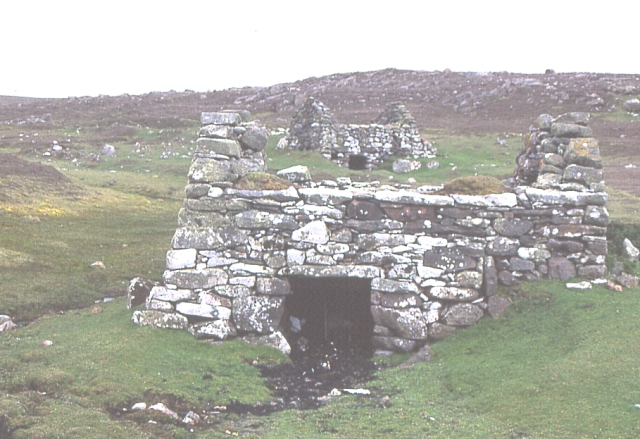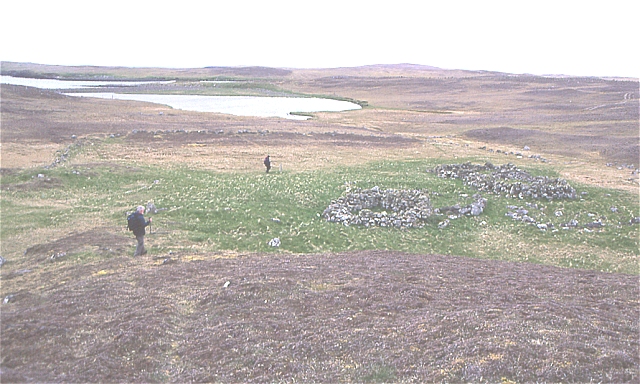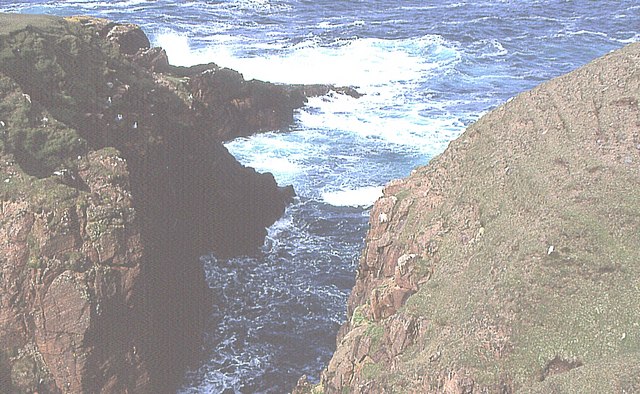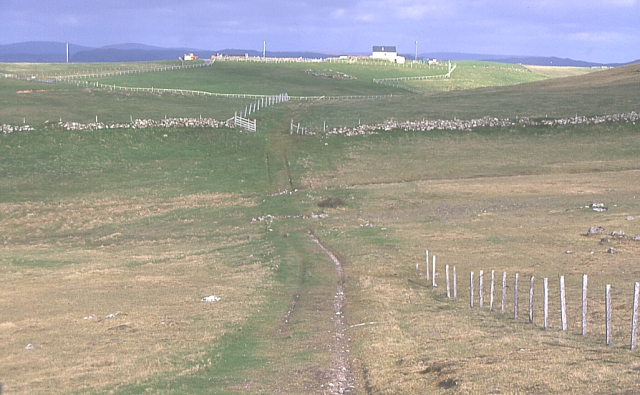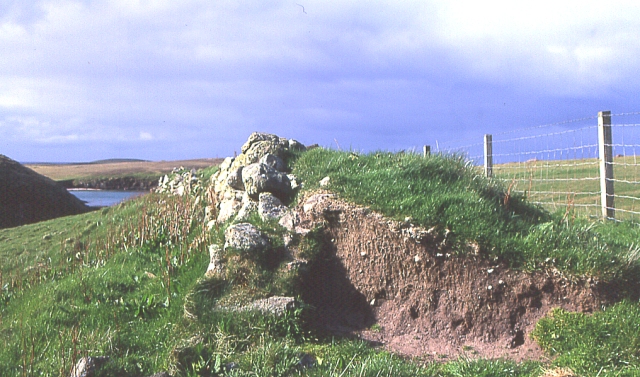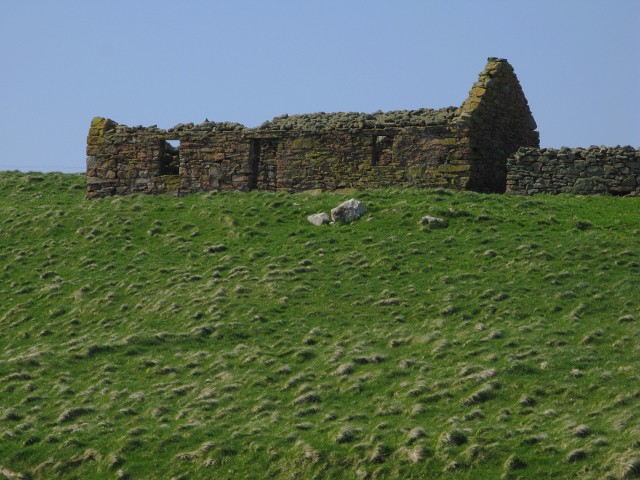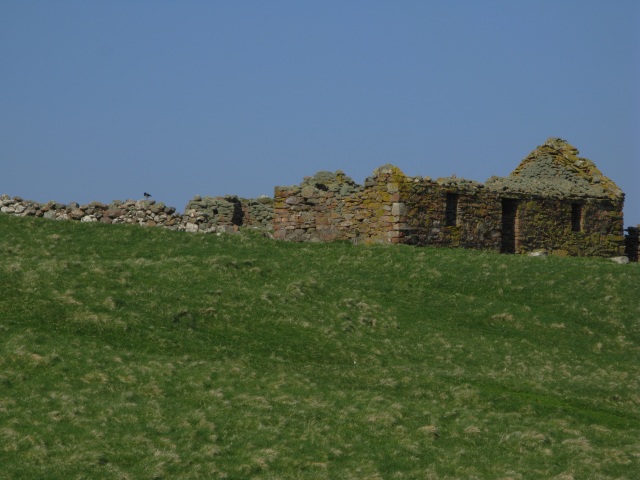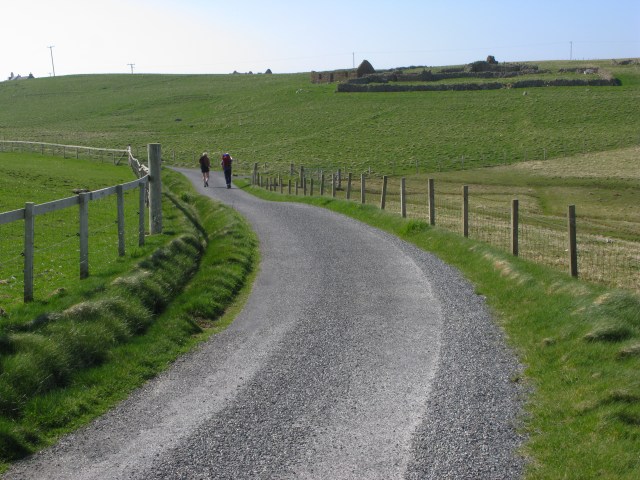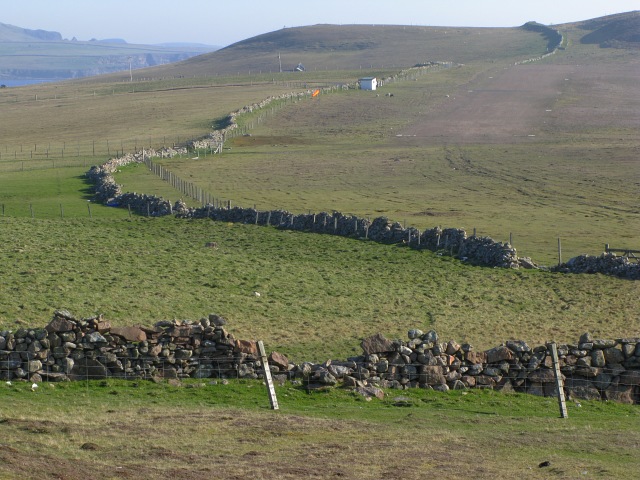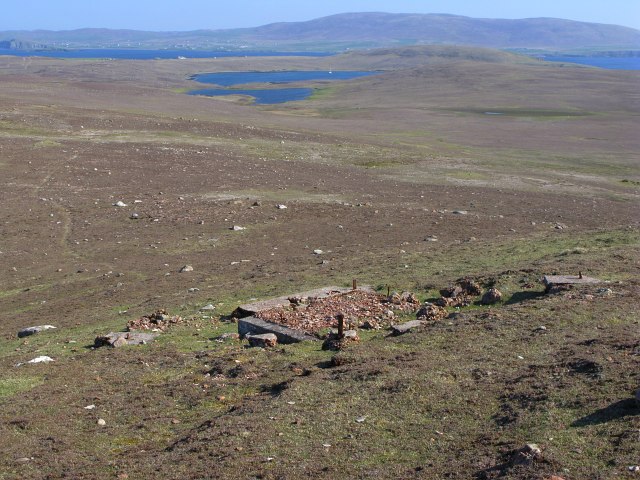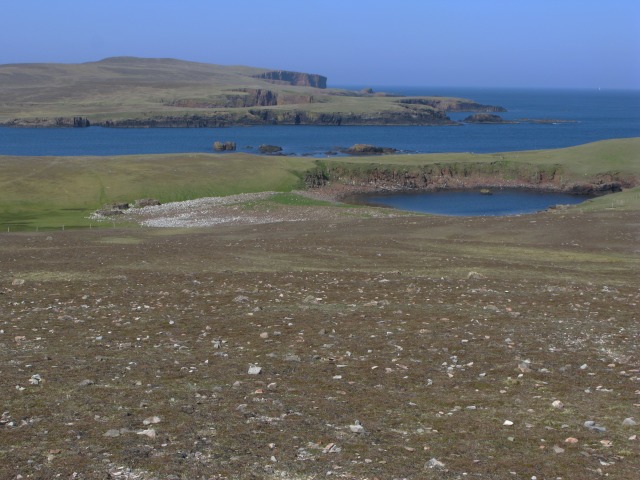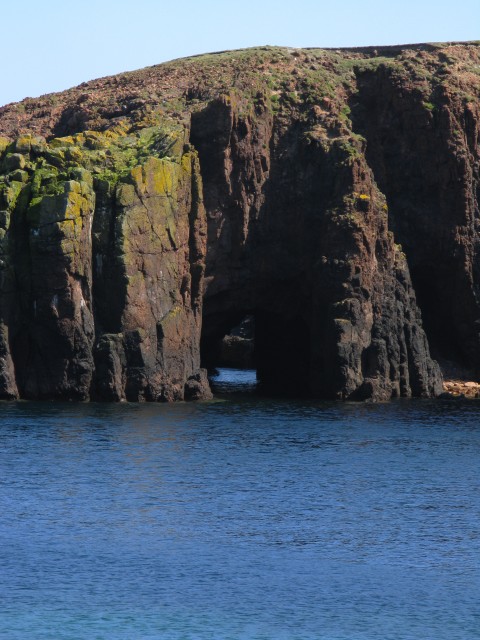Sholma Wick
Sea, Estuary, Creek in Shetland
Scotland
Sholma Wick
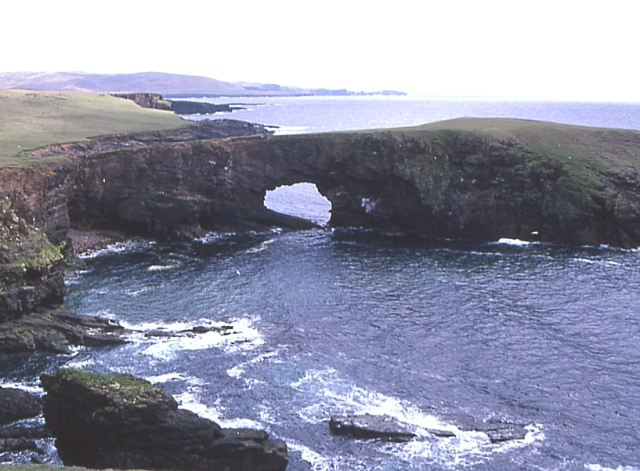
Sholma Wick is a small coastal inlet located on the eastern coast of the Shetland Islands, which are situated in the North Atlantic Ocean. This picturesque area is characterized by its stunning natural beauty, featuring a combination of sea, estuary, and creek environments.
The main feature of Sholma Wick is its sheltered sea inlet, which provides a safe harbor for small boats and fishing vessels. The calm waters and rocky shores make it an ideal spot for recreational activities such as kayaking, birdwatching, and fishing.
The estuary at Sholma Wick is formed where a freshwater river meets the sea, resulting in a unique ecosystem that is home to a diverse range of plant and animal species. The area provides important habitats for birds, including waders and waterfowl, as well as seals and otters.
In addition to the sea and estuary, Sholma Wick is also home to a small creek that winds its way through the surrounding countryside. The creek is fed by freshwater streams and creates a tranquil and idyllic setting. Visitors can enjoy walking along the creek's banks, exploring the nearby woodlands, and observing the local wildlife.
Overall, Sholma Wick is a hidden gem in the Shetland Islands, offering a variety of natural landscapes and recreational opportunities. Whether you are interested in maritime activities, wildlife observation, or simply enjoying the serenity of a coastal environment, Sholma Wick is a must-visit destination.
If you have any feedback on the listing, please let us know in the comments section below.
Sholma Wick Images
Images are sourced within 2km of 60.341987/-1.7076461 or Grid Reference HU1662. Thanks to Geograph Open Source API. All images are credited.
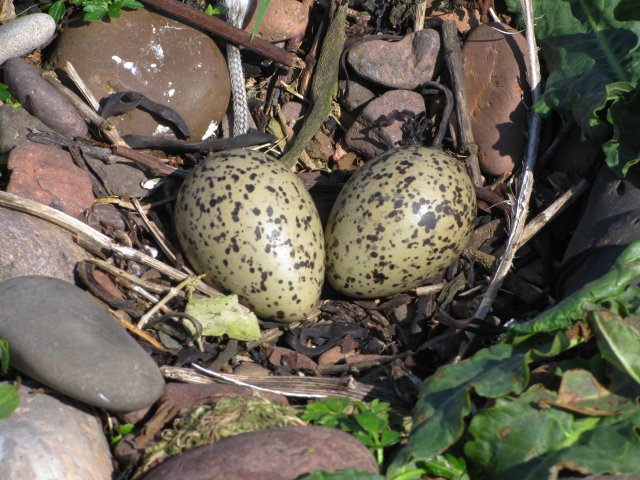
Sholma Wick is located at Grid Ref: HU1662 (Lat: 60.341987, Lng: -1.7076461)
Unitary Authority: Shetland Islands
Police Authority: Highlands and Islands
What 3 Words
///professed.plod.lines. Near Walls, Shetland Islands
Nearby Locations
Related Wikis
Papa Stour
Papa Stour (Scots: Papa Stour) is one of the Shetland Islands in Scotland, with a population of under fifteen people, some of whom immigrated after an...
Biggings
Biggings is a village on the island of Papa Stour, in Shetland, Scotland. Papa Stour's church is situated at the south of Biggings. A homestead of Duke...
Papa Stour Airstrip
Papa Stour Airstrip is a small airstrip in the village of Biggings on the island of Papa Stour. Shetland, Scotland. == History == Papa Stour Airstrip opened...
Maiden Stack
The Maiden Stack or Frau Stack is a tiny stack in the western Shetland Islands to the north of Brei Holm and east of Housa Voe in Papa Stour. It is so...
Have you been to Sholma Wick?
Leave your review of Sholma Wick below (or comments, questions and feedback).
